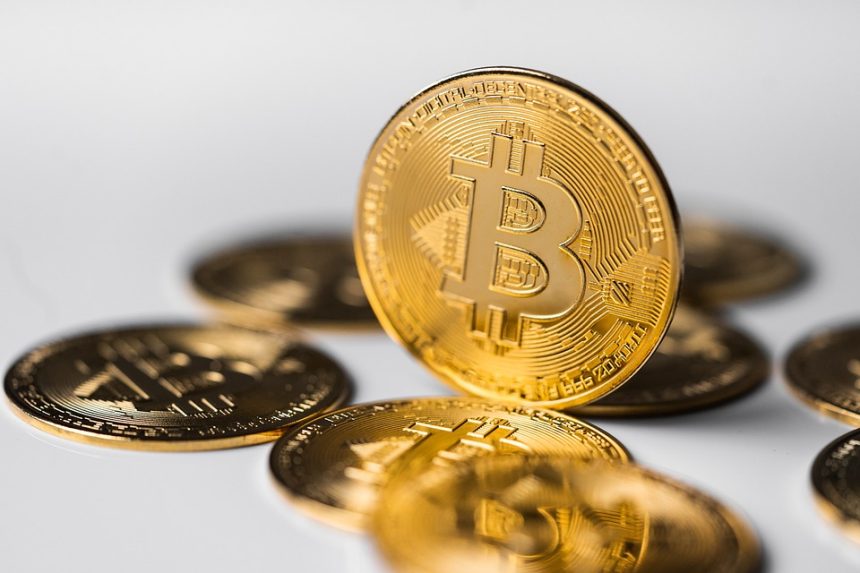Introduction
Decentralized Finance (DeFi) has emerged as one of the most innovative and transformative sectors within the cryptocurrency and blockchain space. By removing intermediaries and enabling peer-to-peer transactions, DeFi has the potential to democratize access to financial services, increase transparency, and lower costs. However, with these opportunities come significant risks that need to be understood by participants in this burgeoning ecosystem. This article explores the dual nature of risk and reward in DeFi and highlights some of the most pressing challenges that users and innovators face.
The Promise of Decentralized Finance
DeFi applications leverage blockchain technology to offer financial products and services such as lending, borrowing, trading, and yield farming, all without traditional financial institutions. The key advantages of DeFi include:
1. Accessibility
DeFi platforms are generally open to anyone with an internet connection, enabling users from around the world to access financial services, regardless of their geographic location or financial status.
2. Transparency
All transactions and protocols are recorded on public blockchains, which allows for greater transparency regarding how the system operates and how funds are managed.
3. Interoperability
DeFi projects are built on open-source protocols, allowing them to work together seamlessly. This interoperability can result in innovative financial products that may not be possible in traditional finance.
4. Programmability
Smart contracts automate processes, reducing the need for human intervention and minimizing errors. This programmability opens up new possibilities for creating customized financial products.
The Risks Involved
While the benefits of DeFi are compelling, the sector is fraught with significant risks, which can deter potential users and pose challenges for developers. Understanding these risks is essential for anyone looking to engage with DeFi.
1. Smart Contract Vulnerabilities
At the core of most DeFi applications are smart contracts, which are self-executing contracts with the terms of the agreement directly written into code. However, bugs or vulnerabilities in the code can lead to catastrophic losses. High-profile hacks, such as the exploits of the Poly Network and various lending platforms, have resulted in millions of dollars lost due to unforeseen vulnerabilities.
2. Regulatory Uncertainty
DeFi operates in a largely unregulated environment, which poses risks related to compliance and legality. Governments around the world are becoming increasingly interested in regulating cryptocurrencies and DeFi. This uncertainty could impact the viability of DeFi projects and lead to sudden changes in the rules governing their operations.
3. Market Volatility
The cryptocurrency markets are notoriously volatile. Price swings can lead to liquidations for users engaged in leveraged trading or borrowing. Such market dynamics can quickly turn potentially profitable positions into significant losses, emphasizing the need for users to be careful with their risk management strategies.
4. Lack of Consumer Protections
Unlike traditional financial systems, which often have safety nets and recourse options for users, DeFi lacks similar consumer protections. If a user loses funds due to a hack, exploit, or even a poorly designed product, there is usually no mechanism to recover those funds.
5. Liquidity Risks
Many DeFi products rely on liquidity to function effectively. If liquidity dries up—due to sudden market movements or migration to other platforms—users can face difficulty in executing trades or may be subjected to slippage, leading to unfavorable prices.
6. User Error
DeFi protocols often require users to have a certain level of technical proficiency. Mistakingly sending funds to the wrong address, failing to back up wallet keys, or misconfiguring smart contract interactions can result in permanent losses.
Navigating the DeFi Landscape
For individuals considering entering the world of DeFi, knowledge and caution are key. Here are some strategies to mitigate risks:
1. Educate Yourself
Understanding how different protocols work, including their underlying technology and economic models, is crucial before participating. Various online resources, forums, and educational platforms can provide valuable insights.
2. Start Small
Even experienced users should initially engage with DeFi platforms using small amounts to familiarize themselves with the processes involved and to understand the risks without exposing themselves to significant loss.
3. Conduct Thorough Research
Before engaging with any DeFi project, users should conduct thorough due diligence. This includes reviewing the team, assessing the community’s sentiment, and checking past security audits.
4. Diversify Investments
Just as in traditional investing, spreading funds across multiple protocols can help mitigate the impact of a single failure. Nevertheless, this approach requires careful consideration of each platform’s specific risks.
5. Utilize Security Tools
Using hardware wallets, decentralized exchanges, and multi-signature wallets can enhance security and provide an additional layer of protection against hacks and losses.
Conclusion
Decentralized Finance represents an exciting frontier in the world of finance, offering unprecedented access and innovative solutions that have the potential to reshape traditional financial systems. However, navigating this new landscape requires a careful understanding of the inherent risks. By educating themselves and employing strategies to mitigate risks, individuals can better position themselves to reap the rewards that DeFi has to offer while minimizing the potential downsides. As the sector continues to evolve, it will be crucial for both users and developers to remain vigilant, adaptive, and prepared for the challenges that lie ahead.





